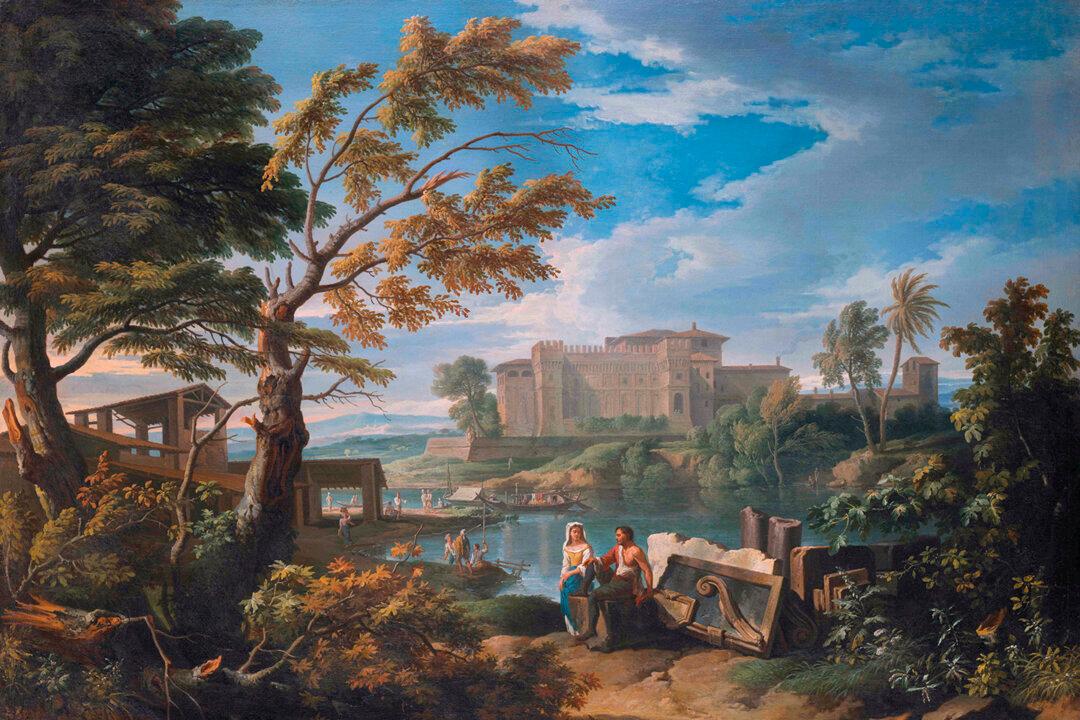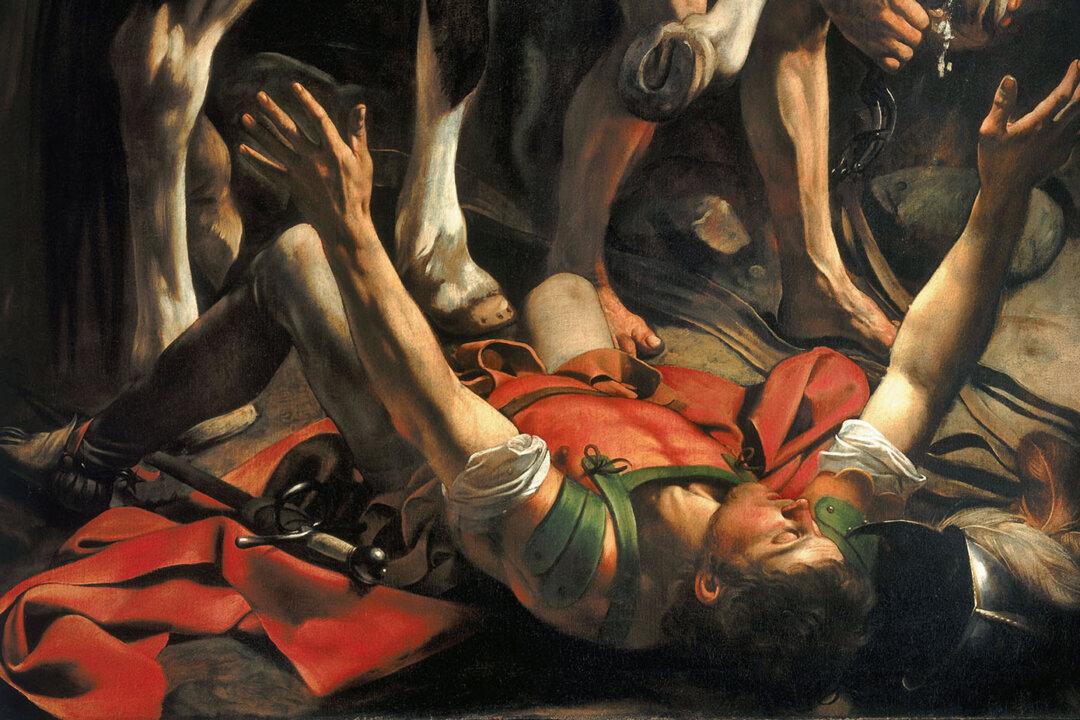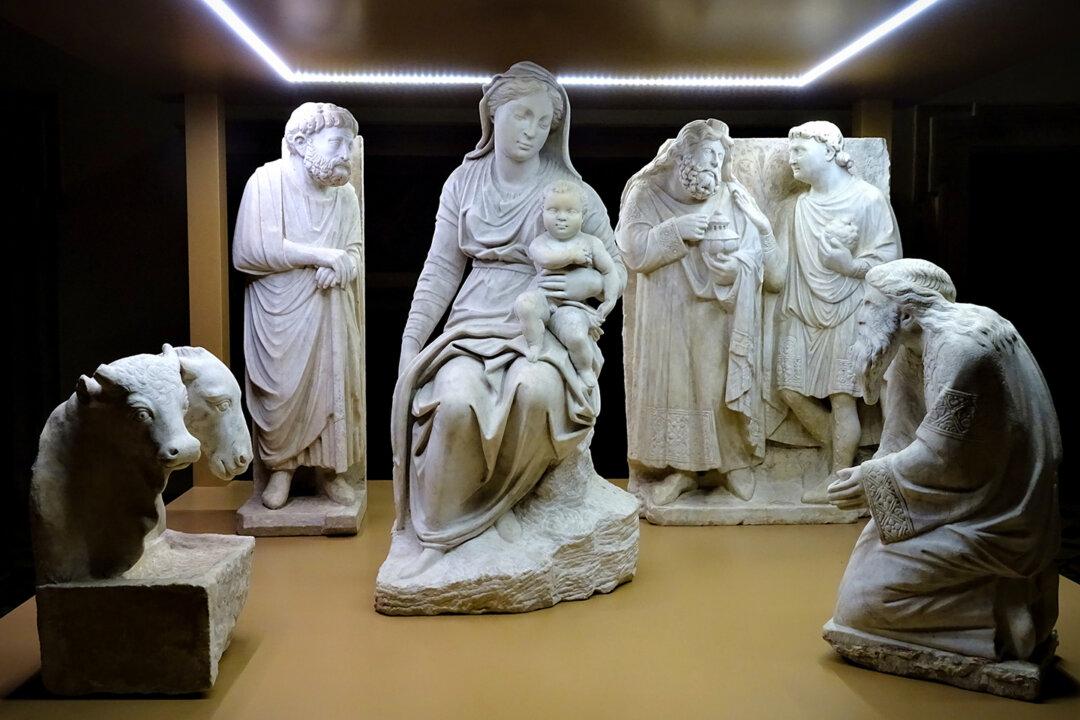The most tragic sight imaginable is a mother who has lost a child. Witnessing such a thing, most shrink from the searing sense of loss, the emptiness of bereavement. Yet when Michelangelo unveiled his “Pietà”—the image of the Virgin Mary mourning the lifeless Christ—he revealed how sorrow can be conquered by hope.
In 1497, Cardinal Bilhères de Lagraulas commissioned a then unknown 23-year-old Michelangelo Buonarroti to produce the over-life-size sculpture group, the young Florentine’s first public work. It was destined for the cardinal’s burial chapel in St. Peter’s Basilica in Rome, then a much smaller building than the massive modern church. It would be placed above an altar, where future generations might pray for the cardinal’s soul.





